What do you see in the below image?
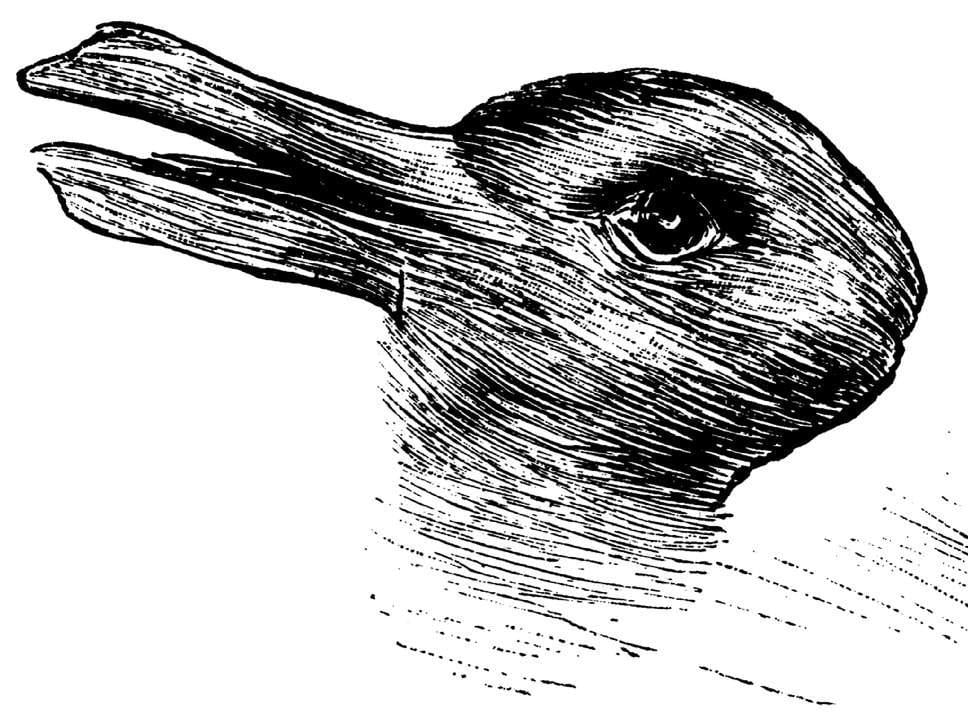
A duck?
Look again ... a rabbit?
You've probably encountered this image before. The duck or rabbit optical illusion is one of the oldest and most controversial optical illusions.
First used by American psychologist Joseph Jastrow in 1899 to prove that perception involves not just visual activity but also mental activity, the duck or rabbit drawing is one of the earliest, most popular examples of the perceptual set theory.Download Now: Lead Generation Best Practices Guide
Besides the fact that different people tend to see the image differently, what makes the duck or rabbit illusion more interesting is that people tend to see different things at different times of the year: for example, during the Easter period (thanks to the "bunny" association) people are more likely to see a rabbit thank a duck while they are more likely to see a duck in October.
Which goes to show that what we see is about more than just what is actually there -- but more about what is happening to -- or around -- us.
An even more interesting and related example is the 13 or B illusion. Take a look at the image below:
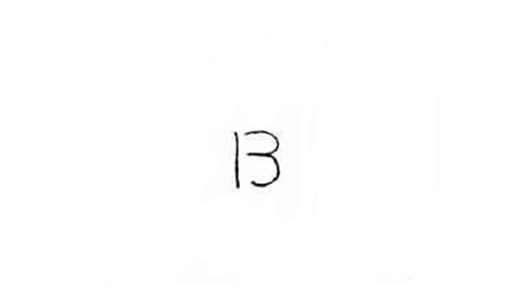
Is that a B or a 13?
While you could confidently wager on it being 13, or B, you’re most likely biased.
Here’s why -- in two images:
Image 1:
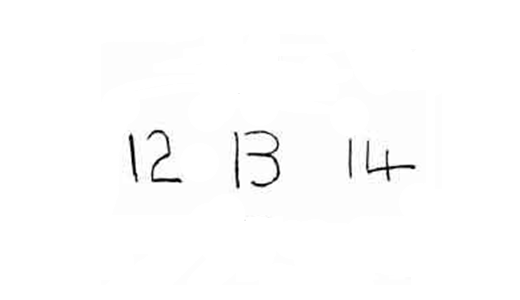
Image 2:

As you can see from the above examples, what precedes the controversial “B or 13” influences what you see. You’re most likely going to see the figure if figures precede and you’re most likely to see the letter if letters precede.
That, in essence is perceptual set in action: Whether it's looking at ducks or rabbits, the letter B or figure 13, or an image of the famous Loch Ness monster (which is arguably a tree trunk), psychologists have observed that people are likely to see different things while looking at the same object -- and that what they see is influenced by several factors, including their culture, gender, background, and even information previously available to them.
In essence, this means you could show people the same statement or image and they’ll see it in a different way.
This is good news for you as a marketer.
With a clear understanding of the perceptual set theory, you can more intently position your marketing messages and offers in a way that people see exactly what you want them to see regardless of their background, positioning you for maximum ROI from your marketing efforts.
Here are some ideas:
1. Don't stray from user expectations on your website.
When users visit your website, they have certain expectations when it comes to certain elements of the site. This includes your CTA, organization of form fields, and other elements of your website.
For example, most users expect CTAs to stand out and be easy to locate due to their general web experience. Also, most users expect the name field to come first before the email field and the password field in a signup form. These are norms across industries, and if you try to switch things up and use a different approach (such as by asking for the password first before asking for the name and email), you will be interrupting the flow and violating the perceptual set principle -- and your conversions would suffer.
2. Leverage anchoring to influence user perception of your offer.
Bobby wanted to buy a pair of sneakers he really liked. He did research on the web and found that the kind of sneakers he wanted to buy costs $50. Shortly after, he saw another site listing the exact same pair of sneakers for $37. He quickly rushes to buy because he assumes he is getting a bargain. That’s anchoring in action.
In essence, anchoring refers to the reference point users use for comparison when considering an option. Usually, this is the first information available to them.
In Bobby’s case, he rushed to buy the sneakers because he felt he was getting a bargain since the sneakers “should cost” about $50, because that was the first piece of information available to him. He would compare any future information with the first range of price he was exposed to. If he saw the sneakers advertised elsewhere for $70 for example, he is highly likely to avoid buying because he feels it is expensive. If he sees it for less than $50, however, he feels he is getting a bargain.
Anchoring can be used in different ways, but you’ll be more effective at marketing if you work on controlling the “anchors” that influence the perception of your offer instead of leaving it to chance.
For a real life example, below is a screenshot from my review of the best website builders:

As you can see from the above screenshot (which is part of the introduction of the review), I mentioned the fact that a “good custom website could easily cost $2000 (on the low end).” This first piece of information (the price: $2,000) is my anchor.
Later in the article, I then go on to show that the website builders I feature cost a maximum of $16 monthly:
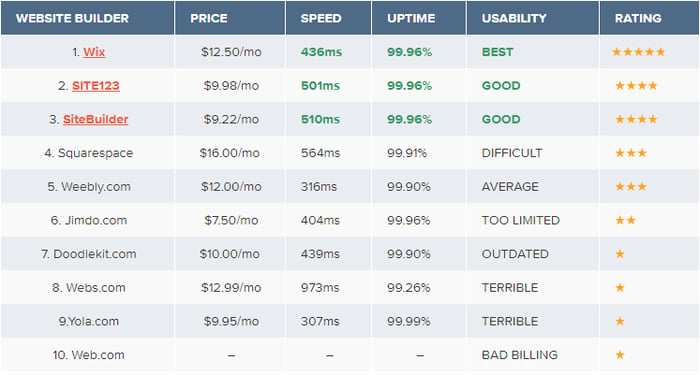
Using my anchor of “$2,000,” most users find the $16/mo price to be a bargain, resulting in a boost in conversions.
There are different ways you can use anchoring in your marketing. Some of the most common ones are:
Featuring a “discounted” price alongside a product’s “original” price: A good example of this kind of anchoring in action is this product page promoting the Asus VivoBook on Amazon:

As you can see, this product page indicated that the list price of the product is “$599” and that the user can get it on Amazon for $509.99. The list price is the anchor, and now users feel that they are getting a bargain.
Monthly vs. annual product price comparison: The screenshot below shows the OptinMonster pricing page, which uses the monthly price as an anchor to show people how much of a bargain they will be getting if they pay on an annual basis instead:
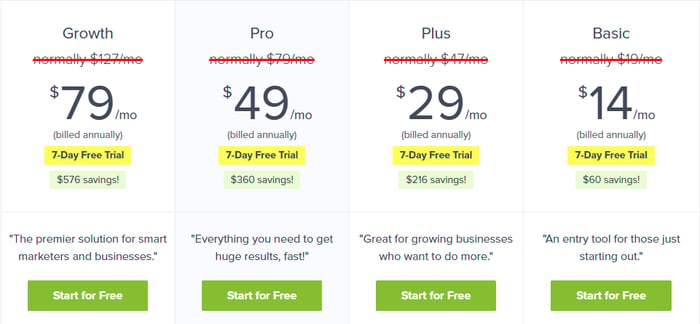
If your annual plans are cheaper and you’d like people to go with them instead of your monthly plans, you might want to consider using this kind of anchoring.
Be intentional about product order when trying to cross-sell to users: You want to pay even more attention to anchoring when cross-selling products to users - by ordering your products in such a way that the one that is more expensive comes first.
For example, if you want to sell a $2,000 smartphone and a $50 earpiece as an accessory for the smartphone, you will achieve more impact if the cheaper earpiece is introduced immediately after the user buys the $2,000 smartphone -- not before, and not too long after. This is because the $2,000 price of the smartphone serves as an anchor that makes the $50 earpiece look like a bargain.
3. Prime users to act according to your expectations.
Priming is“when exposure to something influences the behavior of an individual later on, without that individual being aware that the first thing is guiding their behavior to a certain extent.”
For example, if you were recently exposed to a mug and were asked to complete the word “TE_,” you are likely to complete it with “TEA” instead of “TEN,” without necessarily knowing that your exposure to the mug influenced your response. Researchers have also found that being exposed to warm or cold substance can determine whether people respond warmly or coldly to situations shortly after the exposure.
In most cases, we are being primed without knowing it. Take a look at the following screenshot from the Starbucks app for example:
.webp?width=187&height=300&name=3%20Science-Backed%20Ways%20Perceptual%20Set%20Theory%20Can%20Increase%20Your%20Conversions-1%20(1).webp)
If you pay attention to the “Reload amount” in particular, you’ll notice that there is “$25,” “$50,” and then “$75.” While most users would probably not be aware of this fact, these higher amounts are likely to influence them to reload a higher amount if they were planning to reload a smaller amount like say $1, or $2. However, it could also prime them to reload a lower amount if they were planning to reload an amount higher than $75.
A 1974 experiment by Amos Tversky and Daniel Kahneman shows just how much we can be primed by factors we are not even aware of. In the experiment, Tversky and Kahneman surveyed participants and asked for an estimate of the percentage of African nations in the United Nations. However, participants were first asked to spin a wheel that has numbers from 0 to 100, not knowing that the wheel has been rigged to always display only 10 or 65. Tversky and Kahneman found that participants that were shown the number 10 estimated that 25 percent of African nations were UN members while participants that were shown the number 65 estimated that 45 percent of African nations were part of the UN -- such a massive difference!
In your marketing, even when there doesn’t seem to be much justification for it, when the opportunity allows, throwing up huge numbers automatically primes users to pay more compared to throwing up small numbers.



